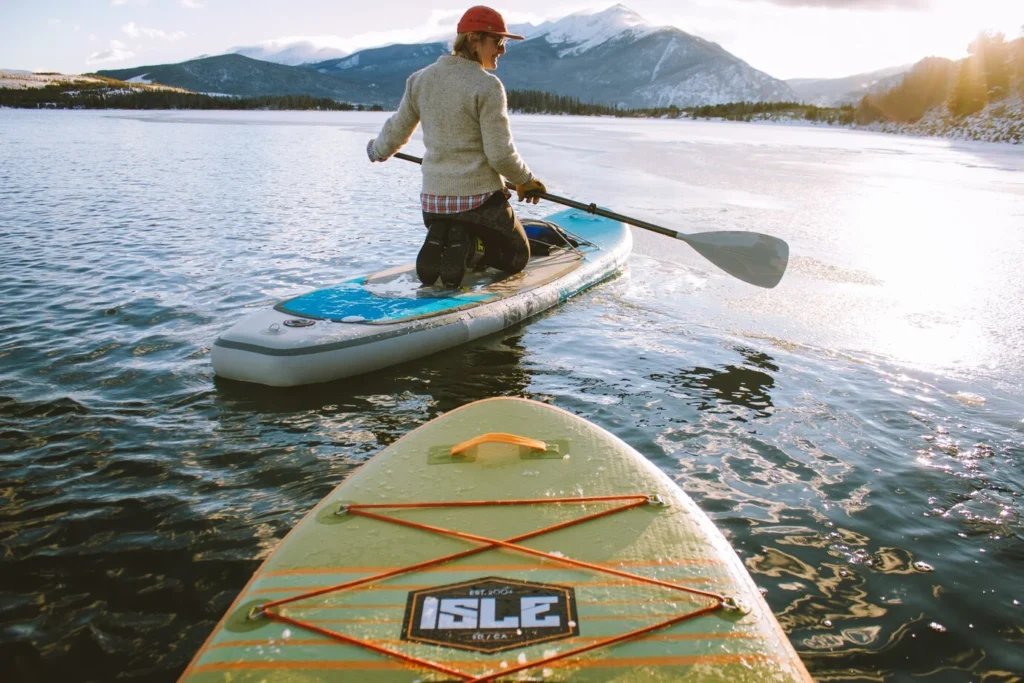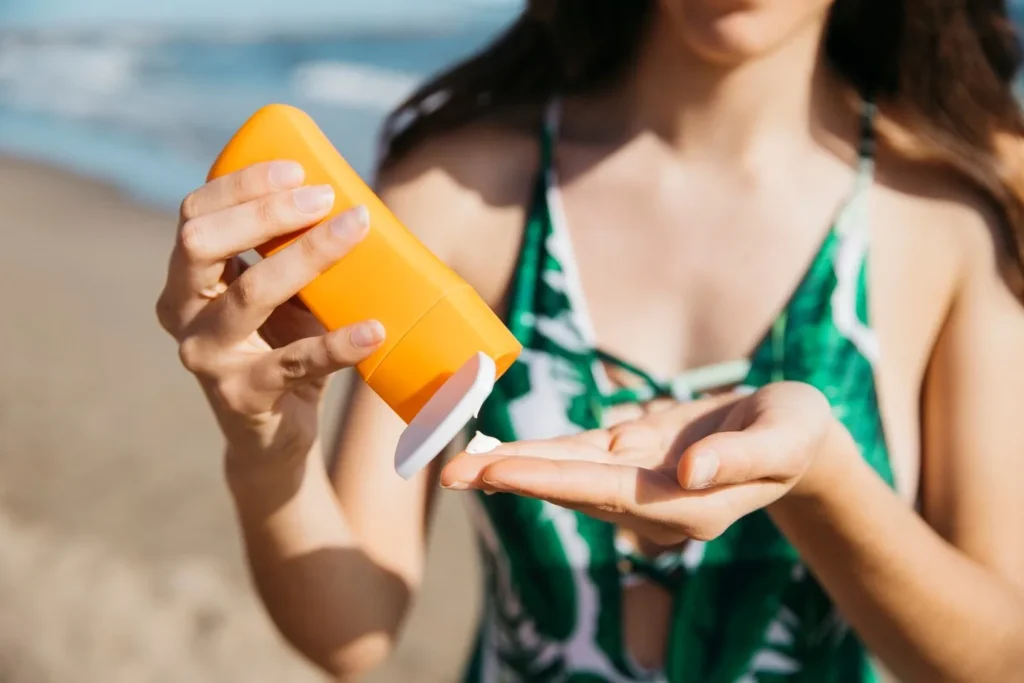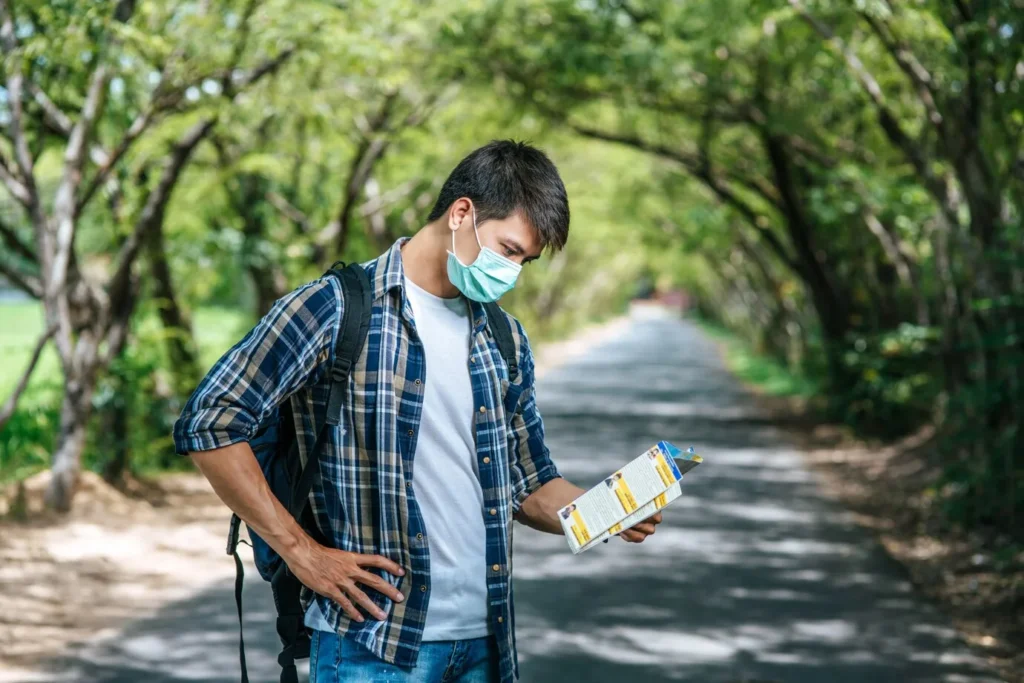Aruba is a popular destination known for its stunning beaches, crystal-clear waters, and diverse natural beauty. From its iconic white sand beaches to its unique desert landscapes, the island offers a picturesque travel backdrop for visitors from around the world. However, this natural beauty is fragile, and its preservation relies on the conscious efforts of both locals and visitors alike.
Preserving Aruba’s ecosystems is essential for protecting the island’s natural landscapes. It also supports the local economy, preserves wildlife, and maintains the island’s appeal for future generations. As tourists, it’s important to recognize that the way you interact with Aruba’s environment during your trip has a direct impact on its long-term health. Having said that, make mindful decisions during your stay to help protect the very aspects that make Aruba so special.
This guide will explore several ways you can care for Aruba’s environment during your trip. From shopping locally to using eco-friendly transportation, every small action contributes to preserving the island’s natural wonders.
1. Shop Locally for Food and Souvenirs

One of the best ways to reduce your environmental impact while visiting Aruba is by supporting local businesses. Whether you’re grabbing a bite to eat or shopping for souvenirs, buying locally helps boost the Aruban economy and lowers your personal carbon footprint while on the island. Imported goods, after all, are often associated with long-distance logistics..
If you’re staying in an accommodation with a kitchen, like a vacation rental home or a property you can book on VacationAruba, you have the option to buy local ingredients and prepare your own meals. This reduces your reliance on packaged, imported food. Alternatively, buying food from local eateries also gives you the chance to savor local flavors while minimizing waste and supporting local farmers.
When it comes to souvenirs, some popular spots you need to explore are Renaissance Marketplace and the Main Street in Oranjestad. Renaissance Marketplace features a variety of small shops offering locally crafted goods, from handmade jewelry to artisanal home décor. Meanwhile, the Main Street in Oranjestad provides a vibrant shopping experience with its colorful storefronts and unique offerings, including locally produced aloe-based products and other island-inspired items. For unique items, check out the Aruba Ostrich Farm. There, you’ll find a selection of one-of-a-kind products, including locally made crafts and souvenirs, which make for thoughtful gifts or personal mementos. If your trip coincides with the farm’s market days, which are usually the first Sunday of the month, be sure to pay a visit. .
2. Explore with Eco-Friendly Transportation

Aruba is a relatively small island, and there are plenty of simple eco-friendly transportation options to help you explore its natural wonders. Walking for short distances is an excellent way to get around while reducing your carbon emissions. It also allows you to interact with locals and experience the island’s vibrant culture at a more personal level.
If you need to go somewhere more far off or you need to be there faster, consider renting a bike. On slower days, you can take scenic rides along Aruba’s coastal roads or through nature trails further inland. If you’re wanting to travel more comfortably, you can also consider renting an electric or hybrid vehicle. These vehicles use less fuel than traditional gas-powered cars (or no fuel at all!), helping you further reduce your carbon footprint during your vacation.
3. Choose Low-Impact Activities

Aruba also offers a wealth of other outdoor activities that allow you to appreciate its stunning landscapes while minimizing your environmental impact. Hiking through the island’s natural parks, such as the Arikok National Park, is a great way to explore Aruba’s diverse ecosystems, from desert terrain to lush cacti forests, without much impact on the island’s environment.
If you’re an enthusiast of water-based activities, paddleboarding is another great option. It’s a peaceful, low-impact activity that doesn’t require any fuel or produce any emissions, allowing you to explore Aruba’s coastline and admire its marine life without harming the environment. Whether you’re gliding through the calm waters of Mangel Halto or exploring the island’s serene lagoons, paddleboarding provides a way to connect with nature while minimizing your environmental footprint.
4. Use Reef-Friendly Sunscreen

A visit to Aruba often involves swimming in its crystal-clear waters and seeing vibrant coral reefs and the rich marine life that inhabit them. For these activities, it’s important to use reef-friendly sunscreen. Sunscreens that are free from oxybenzone and other harmful chemicals help ensure that Aruba’s coral reefs will remain vibrant and healthy for years to come.
In fact, in an effort to protect its reefs, Aruba has gone a step further and has completely banned the use of sunscreens containing oxybenzone. As such, all visitors are encouraged to choose mineral-based sunscreens made with zinc oxide or titanium dioxide, which are safe for both the ocean and your skin.
5. Bring Your Own Reusable Water Bottle and Bags

Plastic pollution is a global problem, and Aruba is no exception. Single-use plastics, such as plastic bags and bottles, have a harmful effect on the island’s ecosystems. In response to this issue, Aruba has implemented a ban on single-use plastics, encouraging residents and visitors to adopt more sustainable alternatives.
A simple way to contribute to this effort is by bringing your own reusable water bottles and bags. With refill stations available around the island and with Aruba’s potable tap water, you can easily fill your water bottle and reduce the need for disposable plastic bottles. Additionally, using reusable shopping bags for groceries or souvenir shopping can also help further minimize plastic waste.
6. Stay on the Trails and Follow Local Guidelines

When you’re out exploring Aruba’s natural wonders, it’s essential to respect the environment by staying on designated trails and adhering to local guidelines. Whether you’re going on a picnic, visiting a national park, or enjoying a beach day, make sure to follow the rules set out by local authorities and guides.
If you’re using ATVs or rental cars, it’s particularly important to drive on marked paths and roads. Venturing off road can damage delicate ecosystems, destroy flora, and disturb wildlife habitats. Also, never veer onto sand and dirt rubble areas, even if it seems like there’s no immediate impact. While you may not see any wildlife at first glance, Aruba’s critters are all around. You may not spot them immediately, but they are present and rely on their habitats to thrive.
Your visit to Aruba is an opportunity to not only enjoy its breathtaking scenery but also to help protect its natural beauty. In line with this, be sure to make conscious decisions so you can leave a positive impact on Aruba’s environment. Additionally, consider these tips mentioned above. Remember, every small action counts, and both residents and visitors can ensure that Aruba remains a vibrant paradise for generations of travelers to come.
